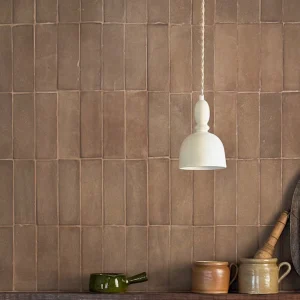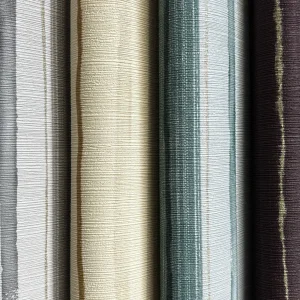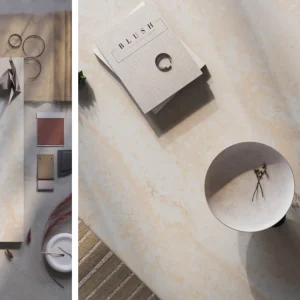The aging Laguna Honda Hospital (LHH) has been transformed into a technologically sophisticated and holistically planned facility. The three new buildings – two residential towers and one esplanade – designed by US-based architectural firms Anshen+Allen and Stantec, are scheduled to be unveiled on June 26, 2010.
Situated on the 62-acre Laguna Honda campus, the buildings are designed to foster a community atmosphere and to take advantage of the healing effects of Laguna Honda’s natural environment. The new hospital offers ocean views on one side and thickets of trees that blanket Twin Peaks on the other.
Household and neighborhood concept is deployed to provide a community-oriented and person-centered environment. Residents will live in 15-person households, each with its own living and dining rooms, to facilitate community living. Seven types of rooms are available, including suites of two or three individual rooms, shared rooms for two or three people, and single rooms. Artwork is heavily featured across the campus – most of it commissioned specifically for the hospital.
The new buildings encircle a park featuring greenhouse, an animal therapy center and a small orchard which are wheelchair-accessible. People with Alzheimer’s disease and other dementias can benefit from secured therapeutic gardens. The patient rooms are positioned to offer views of the hospital’s lush green campus. Upper stories offer views of the Pacific Ocean several miles to the west. Rooms are flooded with natural light and feature operable windows.
The Esplanade building is a broad indoor boulevard modeled after the main street of a small town. It accommodates central services such as a cafeteria, two art studios, a multi-media library with a fireplace, barber and beauty shops and a community theater. An aviary for tropical birds will be featured inside the Esplanade.
Laguna Honda is expected to be the first hospital in California to win US Green Building Council’s Leadership in Energy and Environmental Design (LEED) certification. The hospital’s three new buildings address environmental impacts in their design, construction and operation across six LEED-designated categories: sustainable sites, water efficiency, energy and atmosphere, materials and resources, indoor environmental quality, and innovation and design process.





